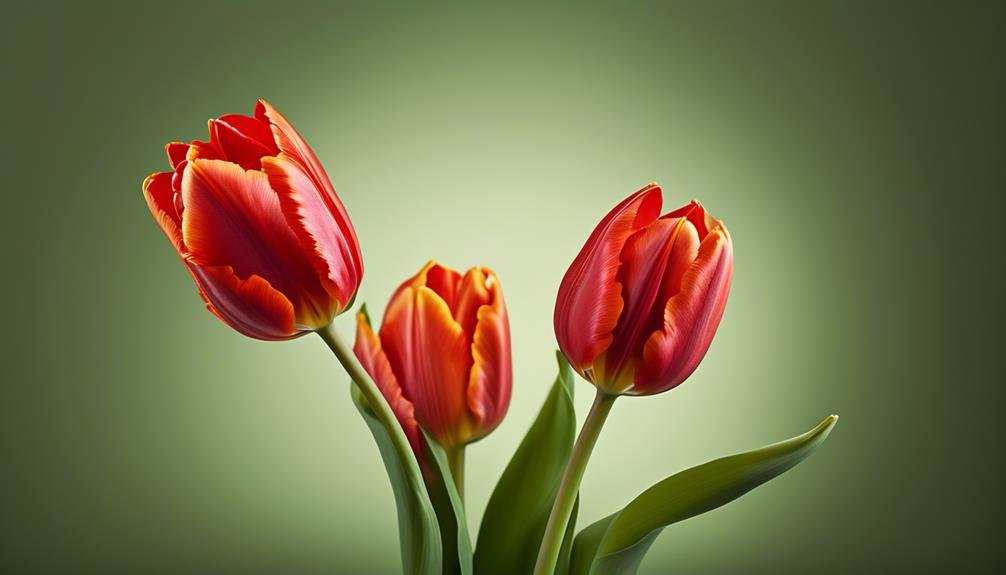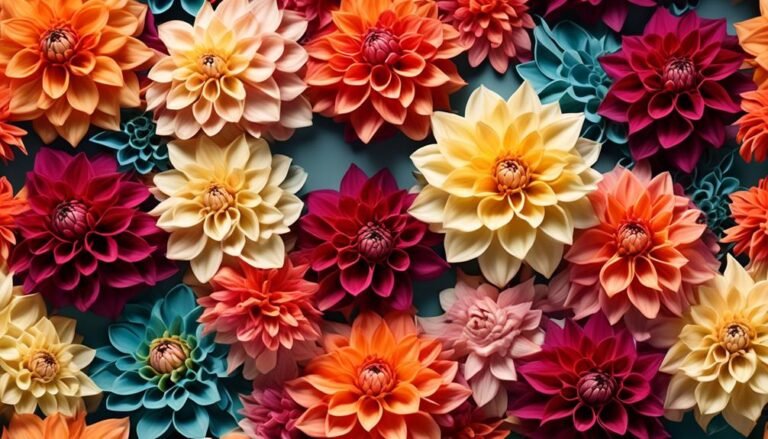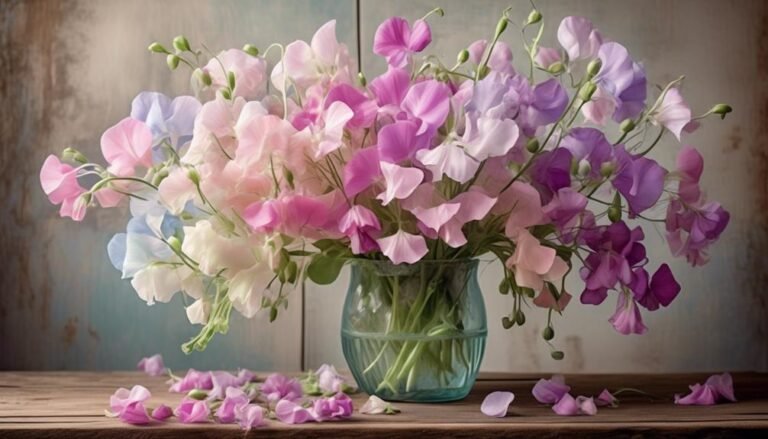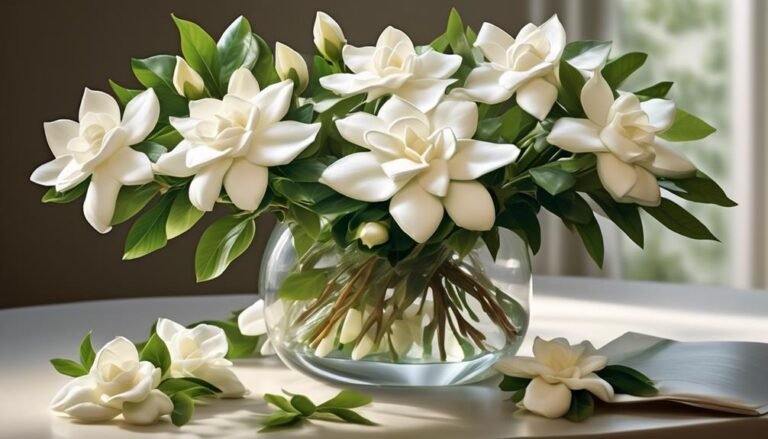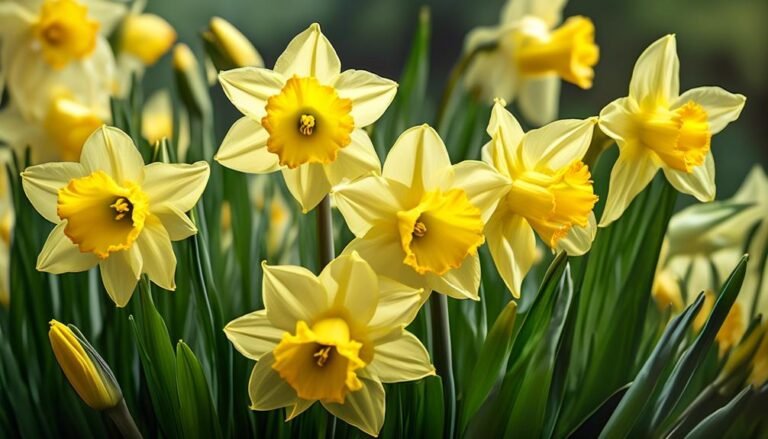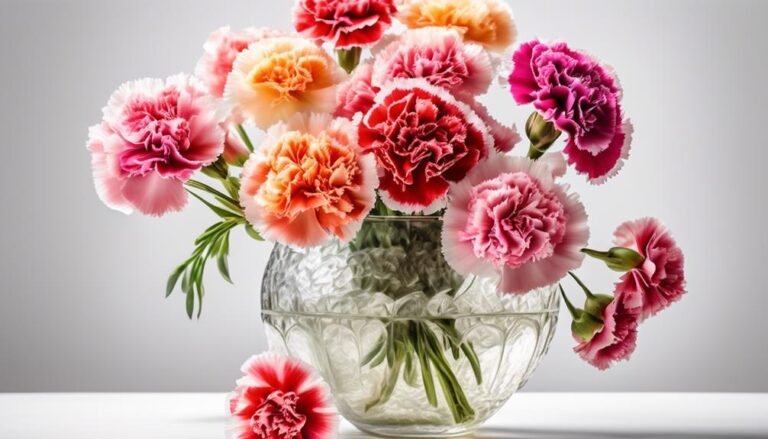Popular Types of Florist Flowers – Tulip
Tulips are versatile and hardy flowers that are a top choice for floral arrangements. The genus Tulipa has a fascinating history and a range of varieties, making it a popular bloom in florist shops.
Here's what you need to know about tulips:
Scientific Name:
Tulips belong to the genus Tulipa and are part of the lily family.
Varieties and Seasonal Availability:
There are over 3,000 registered varieties of tulips, which come in various colors and shapes. They are available in the spring, and some varieties can also bloom in the fall.
Care Tips:
Tulips thrive in well-drained soil and prefer full or partial sunlight. They should be watered regularly but not excessively. It's important to note that tulips are sensitive to ethylene gas, which is produced by fruits, so it's best to keep them away from ripening fruits to prolong their lifespan.
In conclusion, tulips are not only beautiful but also resilient flowers that can add a touch of elegance to any floral arrangement. Whether you're a gardening enthusiast or simply appreciate the beauty of flowers, exploring the world of tulips is definitely worth it.
Scientific Name
The tulip, scientifically known as Tulipa, belongs to the genus Tulipa in the family Liliaceae. It's known for its turban-like shape when in full bloom. The genus includes numerous species and cultivated varieties, each with unique characteristics and traits.
Symbolic Meaning:
Tulips are associated with perfect love and the arrival of spring. Different colors carry distinct meanings: red symbolizes true love, yellow represents cheerful thoughts and sunshine, and white is linked to forgiveness and purity. Tulips are also seen as a symbol of prosperity and abundance, making them popular for various celebratory occasions.
Cultural Relevance:
The tulip holds cultural significance across different cultures and time periods. Its rich history and diverse symbolism make it a beloved and meaningful flower in various parts of the world.
Background History
Tulips: A Brief History and Cultural Significance
Origin and Introduction to Western Europe:
Originally from Central Asia, tulips were brought to the Netherlands and Western Europe in the late 16th century. They were initially valued for their medicinal properties but soon became popular as ornamental plants and commodities due to their vibrant colors and unique shapes.
Artistic Influence and Symbolism:
During the Dutch Golden Age in the 17th century, tulip bulbs became a status symbol, and their vivid colors and unique shapes were captured in still-life paintings. Tulips have also been a recurring motif in Islamic art, symbolizing paradise and the divine. In different cultures, tulips hold symbolic significance – in Persia, they symbolize love and the arrival of spring, while the Ottomans associated tulips with heaven and eternal life, reflected in their art and literature.
Cultural Significance:
In the Netherlands, tulips became synonymous with the briefness of life and beauty, as evident in the 17th-century Dutch still-life paintings. The tulip's association with Dutch culture and history is celebrated annually during the Tulip Festival, highlighting its enduring appeal and significance.
Conclusion:
From its humble origins in Central Asia to becoming a global cultural icon, the tulip's journey through history is as vibrant and diverse as the flower itself. Its multifaceted symbolism and artistic representation in various cultures showcase its enduring appeal and significance.
Physical Description
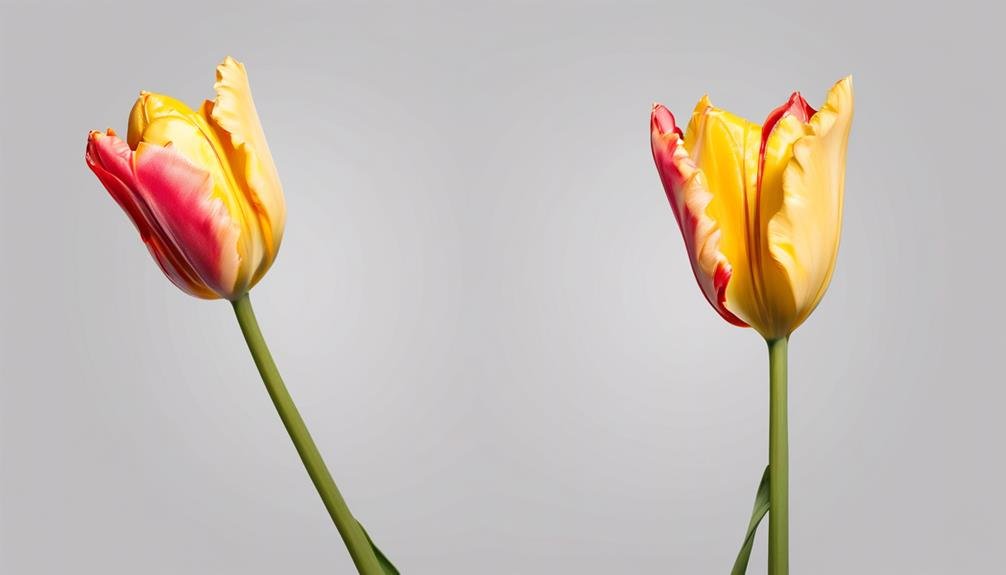
Tulips come in over 150 species and 3,000 varieties, offering a wide range of colors and shapes. They make a captivating addition to any garden or floral arrangement.
Here are some popular types of tulips and their cultivation techniques:
- Single Tulips:
- Classic cup-shaped blooms with one layer of six distinct petals.
- Cultivation: Plant in well-drained soil with partial to full sun.
- Double Tulips:
- Abundant petals give the appearance of a peony or rose.
- Cultivation: Regular watering, avoiding excessive moisture.
- Lily-Flowered Tulips:
- Slender, pointed petals that curve outwards, resembling a lily.
- Cultivation: Ideal for borders, rock gardens, and containers.
- Parrot Tulips:
- Ruffled, twisted, and feathered petals with vibrant colors.
- Cultivation: Plant in clusters for a stunning visual impact.
- Fringed Tulips:
- Edged with fringes that give the appearance of delicate lace.
- Cultivation: Provide proper air circulation to prevent diseases.
Tulips have cultural significance around the world. In the Netherlands, they symbolize love and forgiveness, while in Turkey, they're linked to paradise on earth. Understanding the physical characteristics and cultivation techniques of these diverse tulip types allows for a deeper appreciation of their cultural significance and ensures their successful growth in various settings.
Colours and Characteristics
When it comes to tulips, the range of colors and characteristics is truly captivating. Tulips come in a variety of colors, each representing different emotions and meanings. For example, red tulips symbolize true love, yellow tulips convey cheerful thoughts, white tulips represent forgiveness, purple tulips symbolize royalty, and pink tulips are associated with affection and happiness.
In terms of characteristics, tulips can have cup-shaped, goblet-shaped, parrot or fringed, and long and slender-tepalled flowers, offering a variety of visual appearances. Some tulip varieties even have double petals resembling peonies, while others have fringed edges, adding unique and intricate details to their appearance.
These vibrant and diverse colors, along with their unique characteristics, make tulips a popular choice for adding brightness and cheer to gardens and floral arrangements. Their symbolism adds depth and significance to bouquets and floral displays, making them a meaningful choice for various occasions.
Tulips are versatile and can be used to convey various sentiments in floral designs and landscaping. They're commonly featured in mixed flower arrangements, wedding bouquets, and spring-themed displays due to their captivating colors and varied characteristics. With their visual appeal and deep meanings, tulips continue to be a popular and significant choice for various floral arrangements and landscaping projects.
Varieties Available

Tulips come in over 150 species and 3,000 varieties, each with its own unique characteristics and symbolism. Different colors of tulips symbolize sentiments such as love, royalty, and cheerfulness. When it comes to cultivation, tulips thrive in well-drained soil and require partial to full sun.
- Darwin Hybrid Tulips:
- Known for tall, sturdy stems and large, vibrant blooms.
- Popular choice for gardeners due to their striking appearance.
- Triumph Tulips:
- Durable and available in a wide range of colors, adding versatility to garden designs.
- Peony Tulips:
- Boast full, peony-like flowers and are available in captivating pastel shades.
- Fosteriana (Emperor) Tulips:
- Early bloomers with large, striking blossoms.
- Parrot Tulips:
- Feature ruffled, feather-like petals and come in bold, lively hues, making them eye-catching.
- Rembrandt Tulips:
- Known for their streaked or striped petals.
- Viridiflora Tulips:
- Exhibit striking combinations of green and other colors.
- Species Tulips:
- Offer a more natural look, with smaller, dainty flowers and a longer bloom time.
With such a diverse selection, tulips cater to a wide range of preferences and garden styles, making them an appealing choice for floral enthusiasts.
Seasonal Availability
Tulips are typically available in the spring, with peak availability from March to May.
Some tulip varieties can be forced to bloom earlier through a process called forced blooming, where the bulbs are chilled in a refrigerator before planting. This mimics the winter dormancy period and prompts earlier blooming.
Regional variations also affect tulip availability, with warmer regions starting the season earlier and cooler climates experiencing a slight delay.
Understanding these cultivation techniques and the cultural symbolism of tulips can enhance your appreciation for these beautiful flowers.
Care Tips
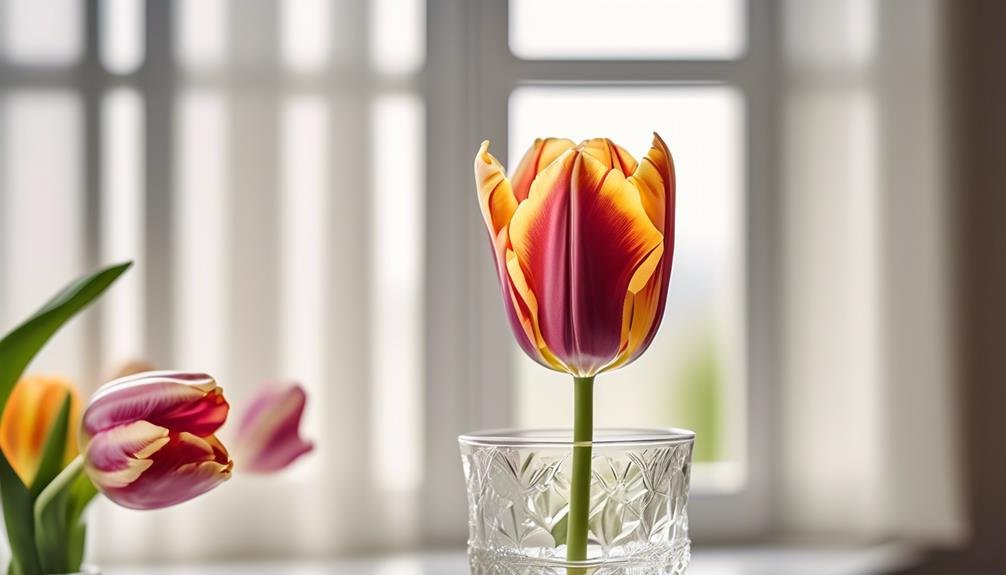
Tulip Care 101: Essential Tips for Healthy Blooms
Planting Depth: Plant tulip bulbs 2-3 times their height in well-drained soil for proper anchoring and protection from extreme temperatures.
Watering Frequency: Avoid over-watering to prevent bulb and root rot. Water infrequently, keeping the soil moist but not waterlogged. During summer, water less due to dormancy.
Sunlight Exposure: Choose a spot with 6-8 hours of direct sunlight daily for optimal growth. Tulips thrive in partial to full sun, promoting strong stems and vibrant blooms.
By following these tips, you can cultivate healthy and stunning tulips.
Remember, tulips aren't perennial, so replace them after blooming.
With the right planting depth, controlled watering, and adequate sunlight, you can enjoy the beauty of tulips in your garden for years to come.
Are Daisies a Good Option for Florist Arrangements Alongside Tulips?
Daisies and tulips are popular types of florist flowers that complement each other beautifully in arrangements. Daisies add a cheerful, rustic charm, while tulips bring sophistication and elegance. Both are versatile and long-lasting, making them a great choice for florist arrangements that will brighten any space.
Conclusion
Tulips are a popular choice for springtime bouquets and gardens due to their wide range of colors and varieties.
They require well-drained soil and adequate sunlight for successful growth.
With a rich history and cultural significance, tulips are a beautiful and meaningful addition to any floral arrangement or garden.
